Lesson 4
TOOLS OF THE TRADE
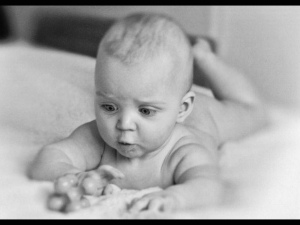
When a small child is born it has little motor control over its limbs and head. Over a period of months, the child starts to gain momentum and control in the movements. It usually starts with their hands. First, they will look at the hand and move the fingers slowly. Once this process starts, it gets better and better with time. Each child has their opportunity to attempt many eye pokes and pull wads of hair.
So how does this help us to draw? Hand-eye co-ordination is conducive to drawing. If you see it, but your hand does not do what you want it to do, the movement has no value.
WE Can learn hand-eye
co-ordination.
Anything that requires precision with your hands and eyes.
When my daughter started scribbling at one year old I noticed it was unique. She did not scribble. she carefully and slowly created small circular shapes. Hand-eye co-ordination at such an early year was there. I went home to see what I had done when I was younger. My mother kept all our school projects but finally removed them 6 months before I arrived. I monitored the next child and It was not the same. But when my daughters first born was nearly 1 yr old, I noticed the same style. And yet all my children can draw well.
What helped them and others is the DESIRE to LEARN MORE. WE Can learn hand-eye co-ordination
- Cutting detail shapes with scissors.
- Tracing pictures accurately.
- Making models…etc.
- Taking time to examine things closely. [ I will post later ]
There is a number of things that can help us improve our skills
One way is to take your pencils and create a grid such as above and draw boxes and then shade in the box starting from 9H soft to 9B
Tools help us to create. Using tools such as graphite pastels, charcoal pencils and pastels. We can create forms with lines or shapes using light shades or dark shades This is the fundamental part of creating depth and details in our drawings.
Take your pencils and create a grid such as above and draw all boxes and then shade n the box starting from 9H soft to hard , then 8H…
The harder you press your pencil the darker the shade or value in the drawing. The softer you use the pencil, charcoal or pastel, the lighter the shade or value in the drawing
Still, to draw we need tools. Eraser, pencil sharpener, smug paper, fine sandpaper, ruler and a paint brushes to soften the lines and shadows. We also need a surface such as paper or other mediums.

The B is for soft graphite or Black
The numbers refer to the harder or softer your graphite is
HB is your middle mixture
Take your pencils and create a grid such as above and draw all boxes and then shade in the box starting from 9H soft to hard , then 8H…
Drawing exercises that were encouraged every day for my daily journal at school were to draw the outline of an object without looking at your paper. It does not look pretty but it helps you to develop a better control of the pencil.

This page is 40 yrs old . This project was to draw straight lines and circles by hand. No Ruler. This was a weekly assignment.
Our Art teachers theory was if Aztecs could draw a straight line without a ruler why can’t we. Mind you, our first couple of months the lines were somewhat squiggly in most parts. and our circles were interesting, but near the end of the year you could produce this with No Ruler


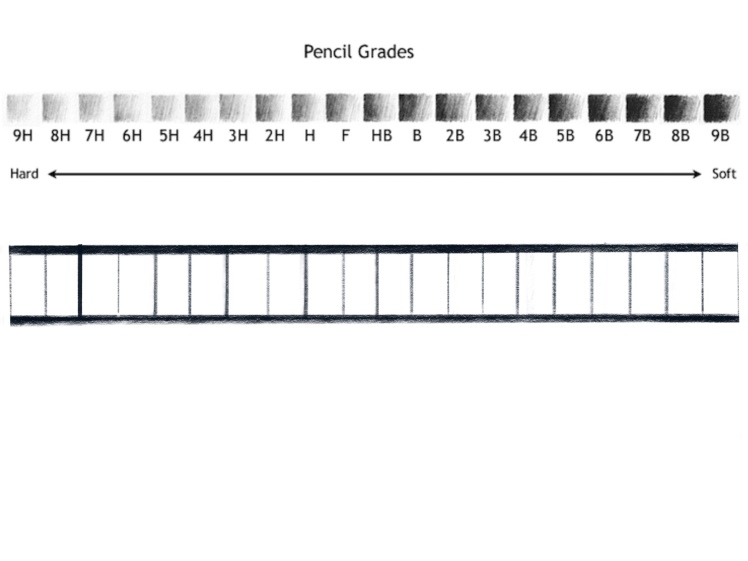



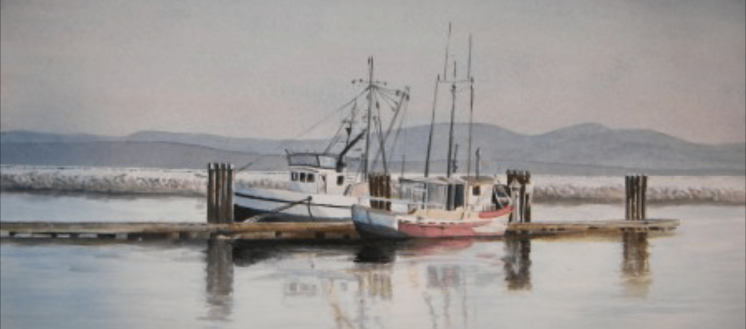
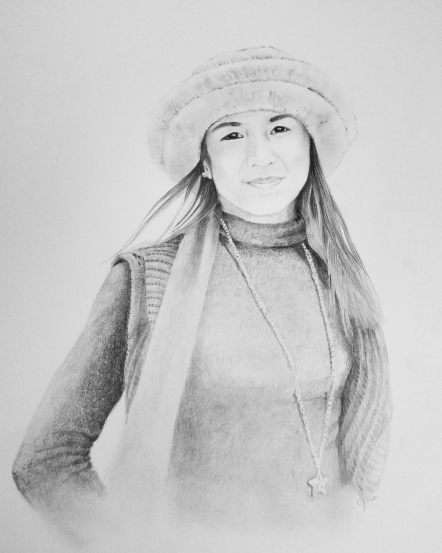


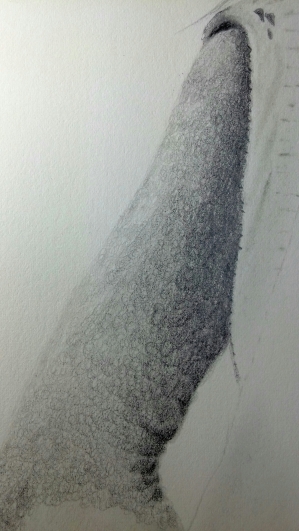


You must be logged in to post a comment.